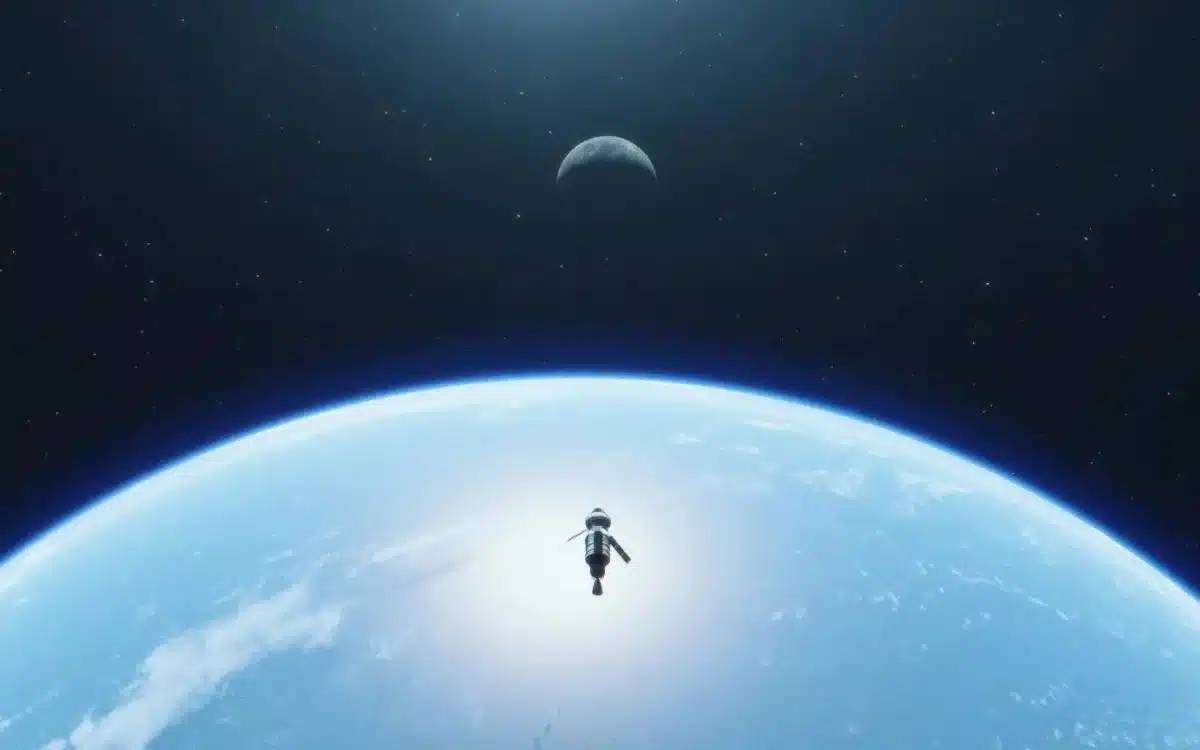The White House has urged the United States space agency NASA to spearhead the development of a new time zone specifically tailored for the Moon – Coordinated Lunar Time.
In a bid to streamline lunar exploration efforts, the White House has urged the United States space agency NASA to spearhead the development of a new time zone specifically tailored for the Moon – Coordinated Lunar Time (LTC).
This initiative comes in response to the peculiar gravitational conditions on the Moon, where time moves faster relative to Earth, advancing by 58.7 microseconds each day. While seemingly negligible, this time differential poses significant challenges in synchronizing spacecraft operations.
The US government envisions LTC as a crucial tool in ensuring the harmony of both national and private endeavors aimed at lunar exploration. Speaking on BBC Radio 4’s Today program, Professor Catherine Heymans, Scotland’s Astronomer Royal, underscored the significance of gravitational variances in temporal dynamics across the universe.
She explained, “This fundamental theory of gravity in our Universe has an important consequence that time runs differently in different places in the Universe. The gravity on the Moon is slightly weaker, and the clocks run differently.”
Currently, time measurement on Earth relies on a network of atomic clocks distributed worldwide, meticulously tracking time to the nanosecond by monitoring atomic energy states. However, if these clocks were relocated to the Moon, they would gradually deviate, accruing a discrepancy of one second over 50 years.
Kevin Coggins, NASA’s top communications and navigation official, emphasized the necessity of adapting timekeeping mechanisms to celestial bodies, stating, “An atomic clock on the Moon will tick at a different rate than a clock on Earth. It makes sense that when you go to another body, like the Moon or Mars, that each one gets its own heartbeat.”
NASA is not alone in this endeavor, as the European Space Agency has been concurrently developing its own lunar time system. The establishment of a unified lunar time framework requires international consensus and a centralized coordinating authority, akin to the International Bureau of Weights and Measures, which governs time standards on Earth.
Presently, the International Space Station utilizes Coordinated Universal Time due to its low orbit around Earth. Agreeing on the commencement and extension of the new lunar time zone remains a pivotal aspect of the collaborative effort.
The urgency for LTC implementation stems from the impending Artemis-3 mission, slated for 2026, marking the first human return to the Moon’s surface since Apollo 17 in 1972. Artemis-3 aims to touchdown at the lunar south pole, a region believed to harbor extensive reserves of water-ice within perpetually shadowed craters.
The success of Artemis-3 hinges on precision navigation down to the nanosecond, crucial for avoiding navigational errors that could jeopardize spacecraft trajectories. Moreover, as numerous national and private missions converge on lunar exploration, cohesive time coordination is imperative to facilitate seamless data exchange and communication between spacecraft, satellites, and Earth.
As efforts intensify to unlock the mysteries of the Moon, the establishment of Coordinated Lunar Time emerges as a pivotal step towards harmonizing global lunar exploration endeavors, ensuring efficient and collaborative progress in humanity’s celestial pursuits.
